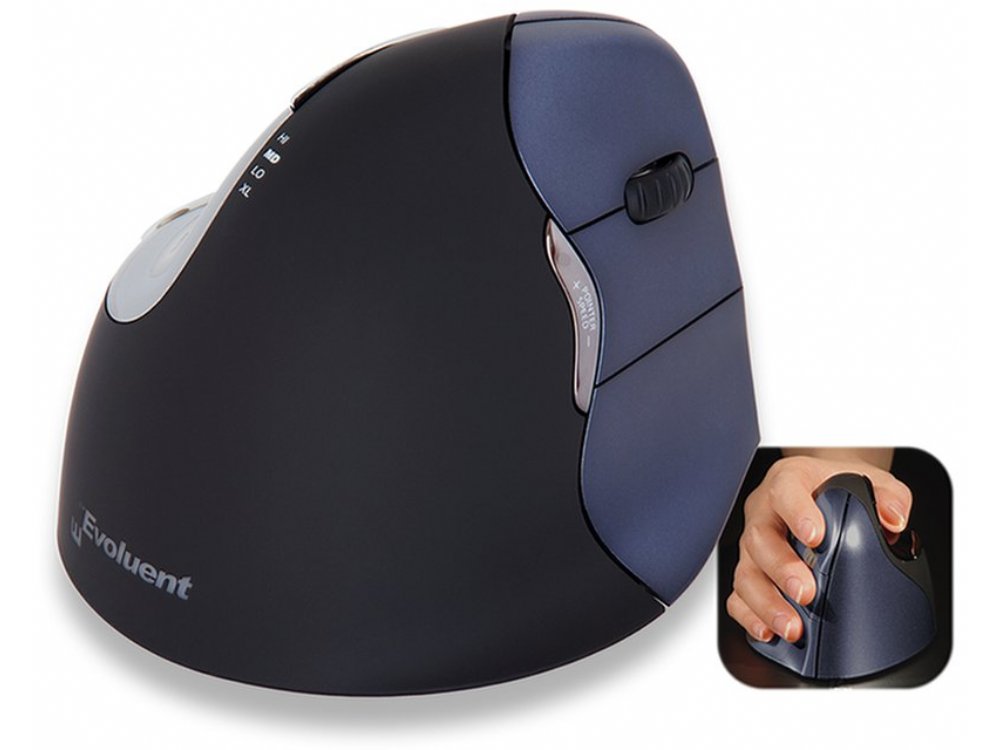

I have small hands, so this was definitely a factor to consider in my case. Since I already covered ergonomic keyboards in another post mentioned above, let us get on with the process of finding the best ergonomic mouse.Īdditional considerations when selecting an ergonomic mouse include its size and orientation (right or left-handed).

While that visit was helpful, what ultimately did provide lasting relief from my elbow pain (golfer’s elbow or medial epicondylitis) was the combination of an ergonomic keyboard and mouse. I have been dealing with elbow pain in both of my arms for quite some time, eventually deciding to see a doctor for help. It has been my experience that this type of mouse offers the most natural and neutral hand and forearm position to directly address any wrist and/or arm pain.Ī vertical ergonomic mouse works so well for the typical symptoms of heavy daily use because it allows your arm to remain in its most natural position unlike a regular “horizontal” mouse, which causes your forearm to twist as illustrated below. What I will be specifically focusing on here is one particular type of ergonomic mouse – a vertical mouse. Since my computer usage during working hours is primarily professional, I am not including any gaming devices or functions related to gaming in this review.

I am going to be applying slightly different selection criteria to ergonomic mice than I was using with the ergonomic keyboards. So this is what I started to share in my previous post on ergonomic keyboards and would now like to round out with a selection of ergonomic mice that I found helpful in mitigating the effects of RSI (repetitive strain injury).


 0 kommentar(er)
0 kommentar(er)
